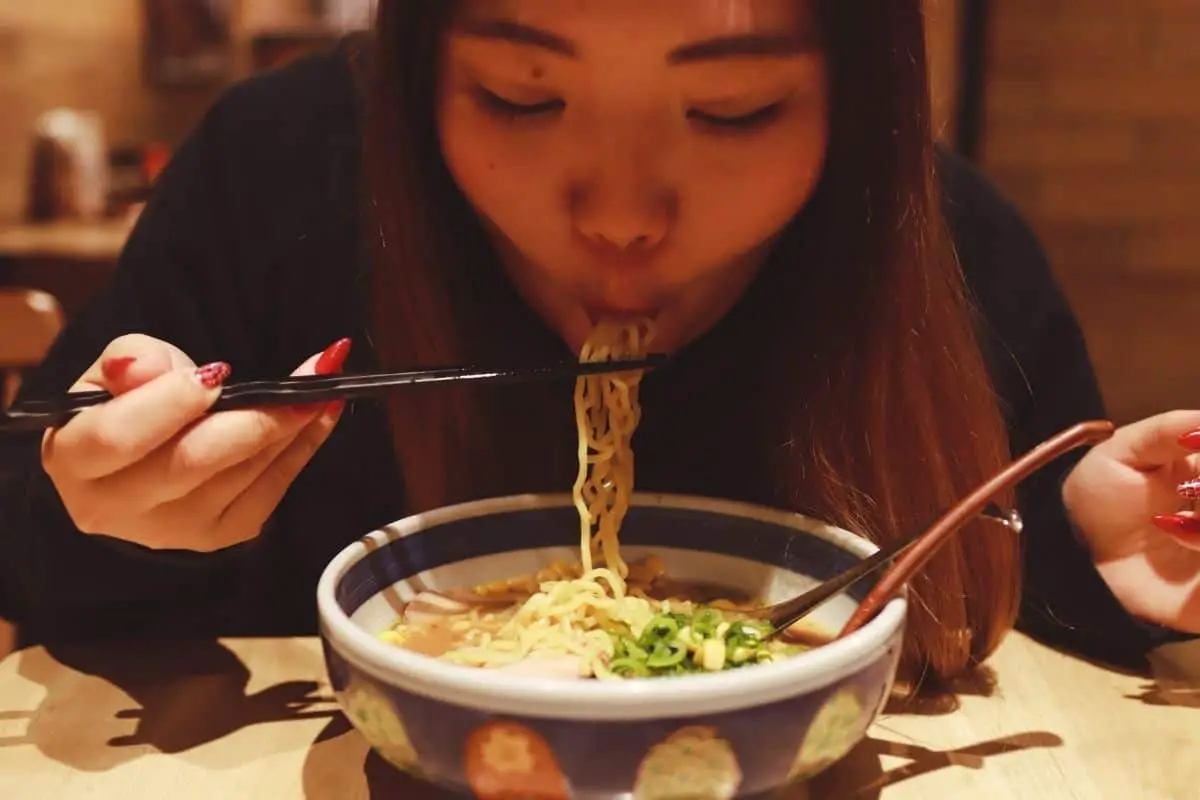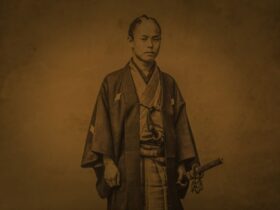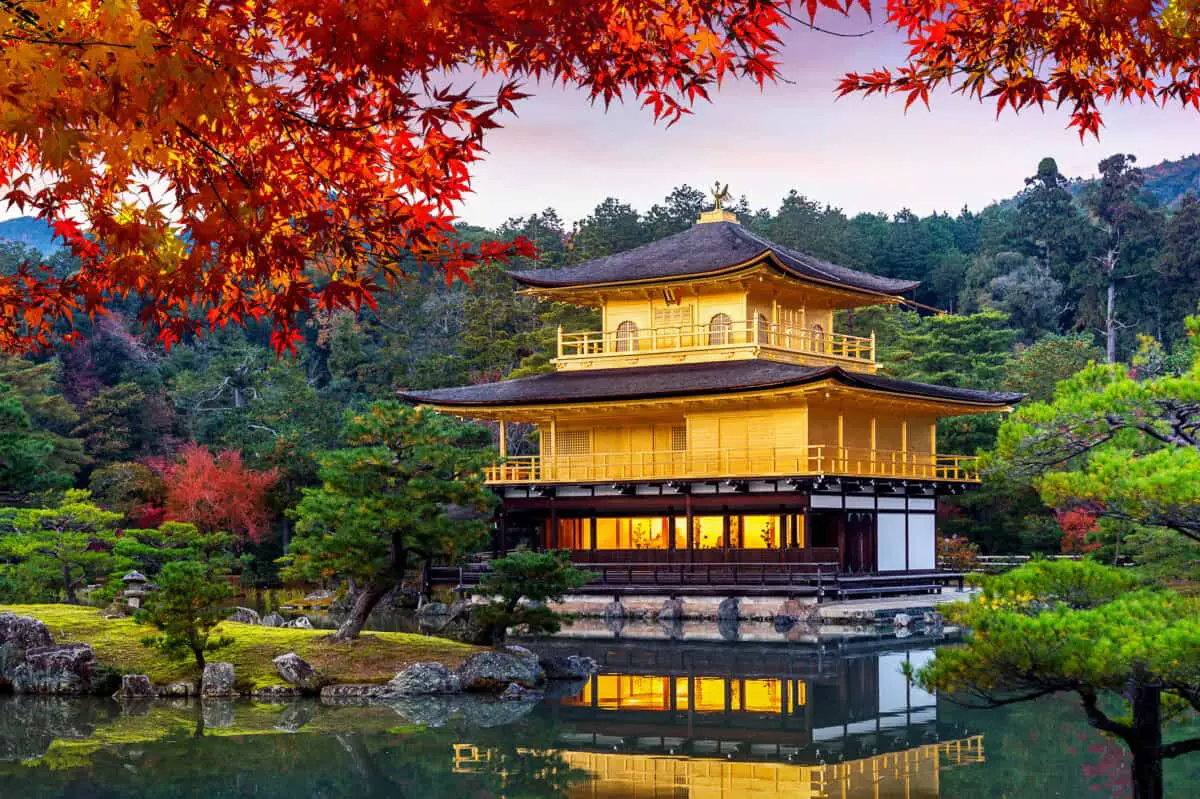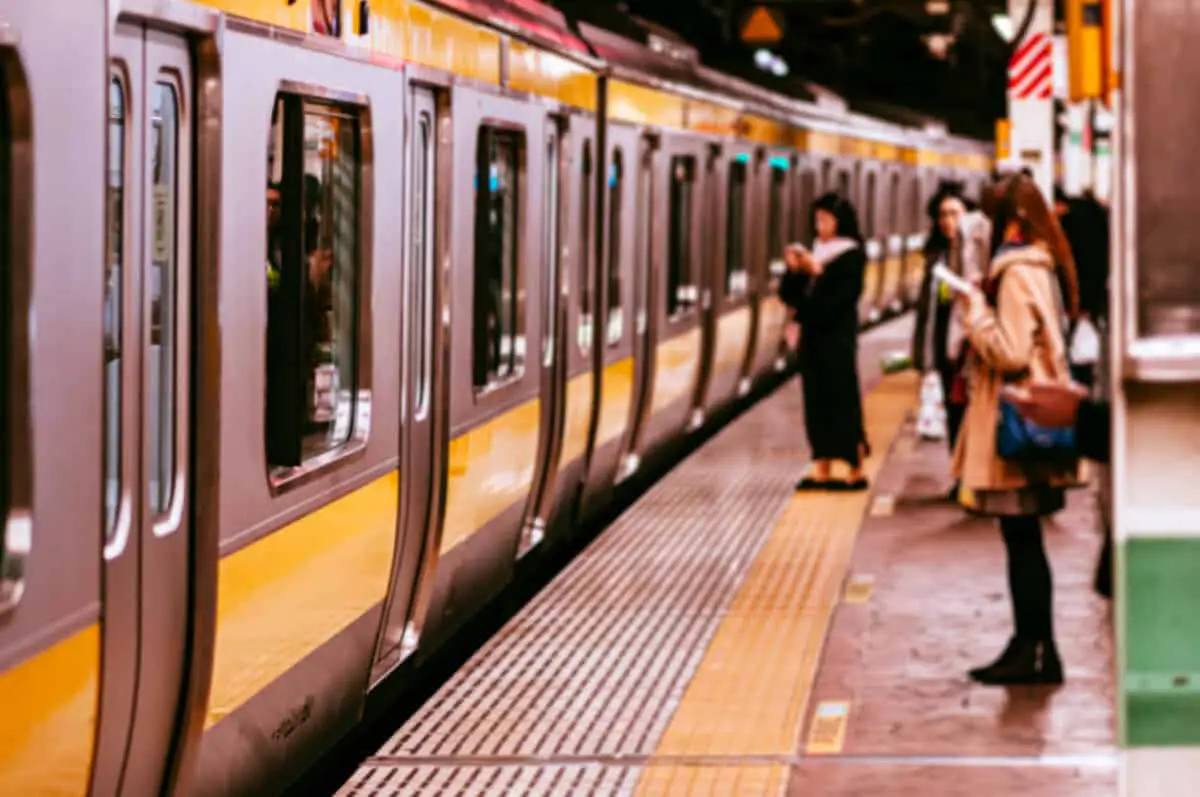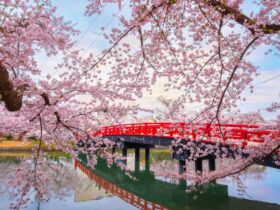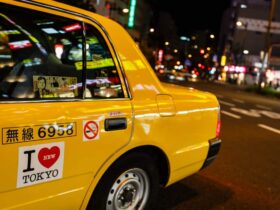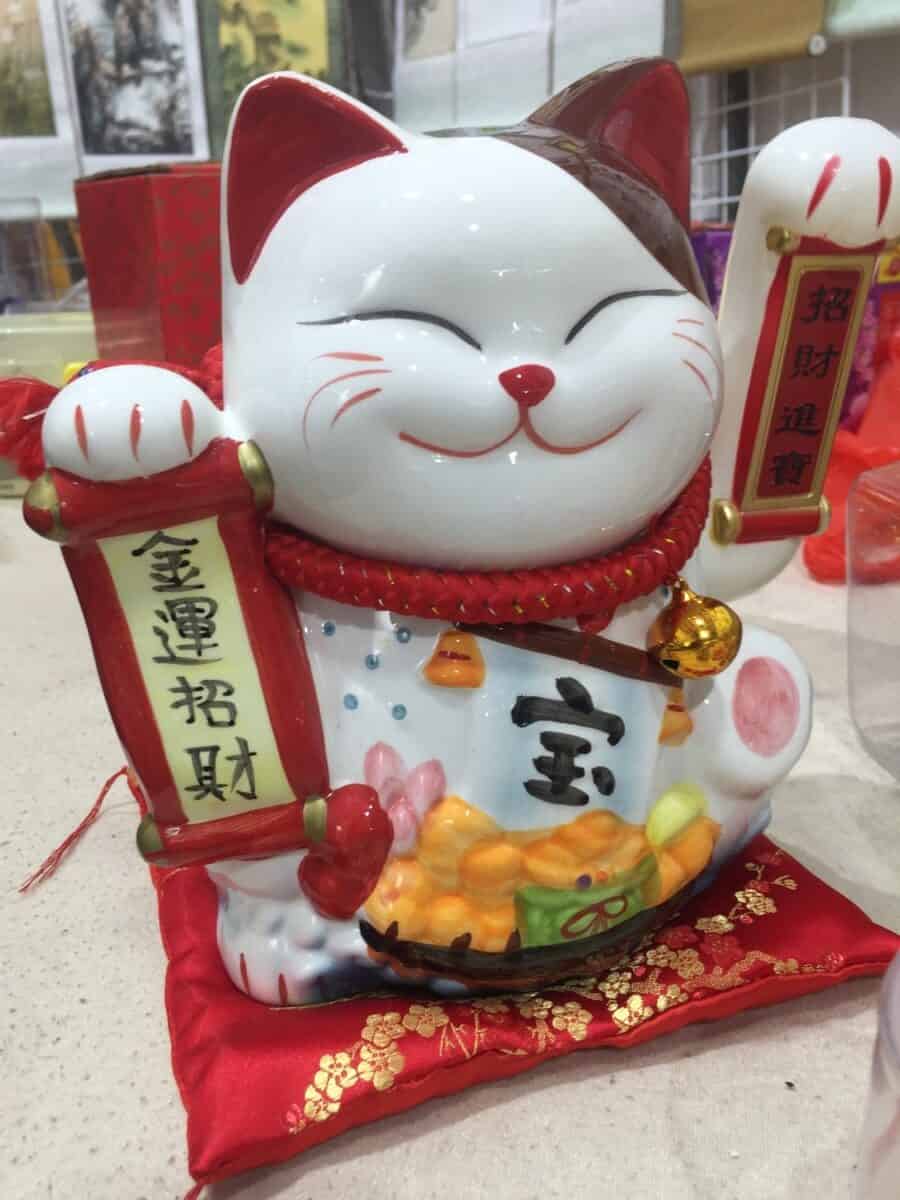The Japanese custom of noodle slurping has been a source of controversy and fascination around the world. The exact origins of noodle slurping aren’t known for definite, but most historians agree that the combined influences of speed, appreciation, and respect all contributed to the practice.
What makes noodle slurping so distinctively Japanese is that most other countries frown on slurping, or making any noise at all while eating.
But in Japan, you may well feel out of place if you enjoy your noodles in silence so it’s a good idea to brush up on your noodle slurping know-how.
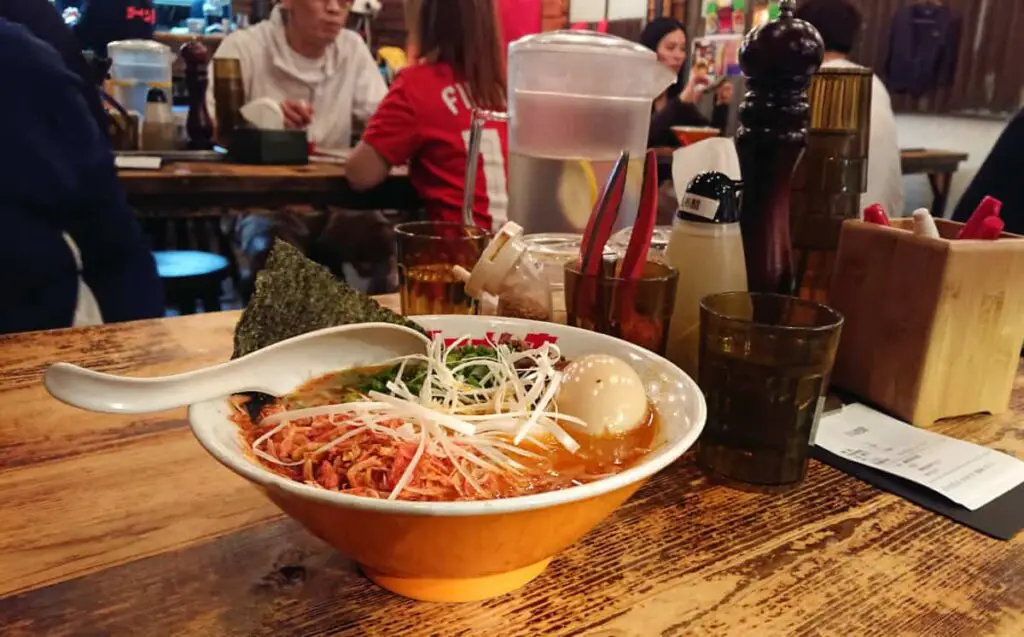
Noodle slurping shows appreciation for the meal
Slurping noodles is a way to pay compliments to the chef. Everyone loves to know that their cooking is being enjoyed, and what better way to do this than by noisily devouring your meal?
Japanese culture is heavily based on respect and politeness, so while it may not seem polite to foreigners, slurping is a show of respect to the chef.
Noodle slurping enhances flavors
According to Horii Yoshinori, the chef, and owner of a 220-year-old soba shop in Tokyo, slurping serves as a way to increase the enjoyment of the noodles.
He compares slurping to swirling the wine around the mouth and points out that this is done to enhance the flavors of the wine.

Slurping works the same as wine swirling, it aerates both the broth and noodles and allows you to use your sense of smell which boosts your sense of taste.
Horii Yoshinori says that soba noodles have a very subtle flavor that can be overpowered by the broth unless slurped, so make sure to slurp to make the most of your soba!
Noodle slurping lets you eat quickly
Another reason for noodle slurping is to allow you to eat quickly. The first reason for this is that noodles lose their consistency and texture over time so slurping helps you to enjoy them while they are at their best without burning your mouth or taking too long.
The second reason you may want to eat quickly is rooted in the history of noodles in Japan. They were initially popular as street food and many soba restaurants today can still be found around train and bus stations.
Slurping your noodles lets you eat them as quickly as possible while on the move or before hopping onto a train.
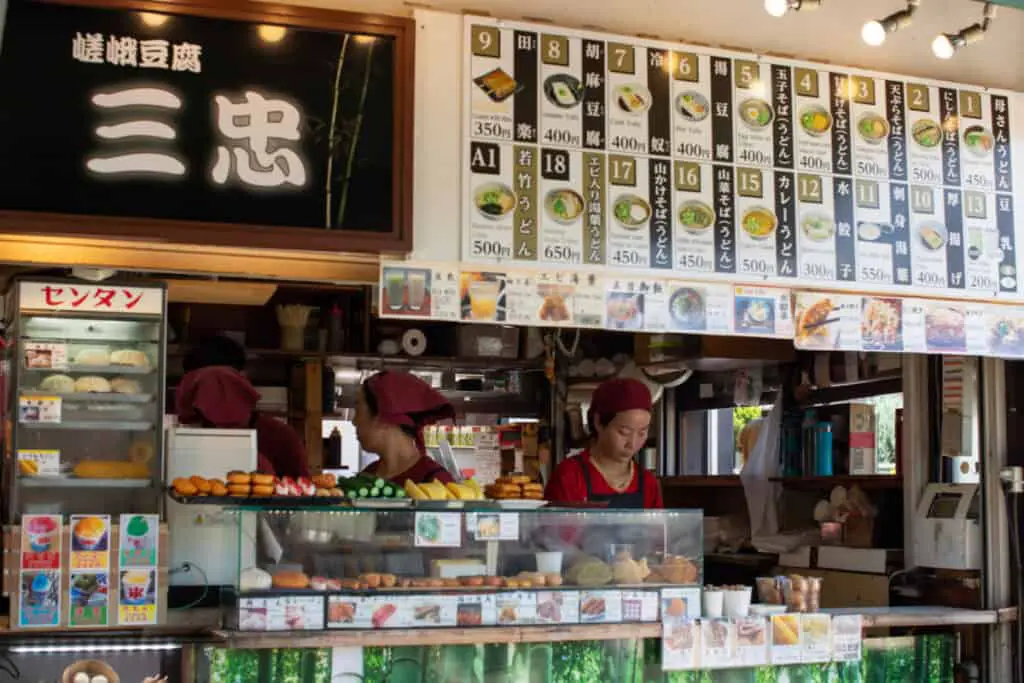
When did noodle slurping begin?
Early forms of noodles were first documented in Japan during the Nara Period (710-794), but slurping didn’t enter the cultural landscape until the invention of soba noodles.
Soba noodles, made from buckwheat, were popularized during the Edo period (1603-1868) and became the affordable street food of choice. Table etiquette was well established by this point, including the aversion to loud eating.
But as soba were the food of common people they weren’t as concerned by manners. Slurping soba made sense when trying to squeeze in a meal while dashing from one place to another and the custom spread across Japan.
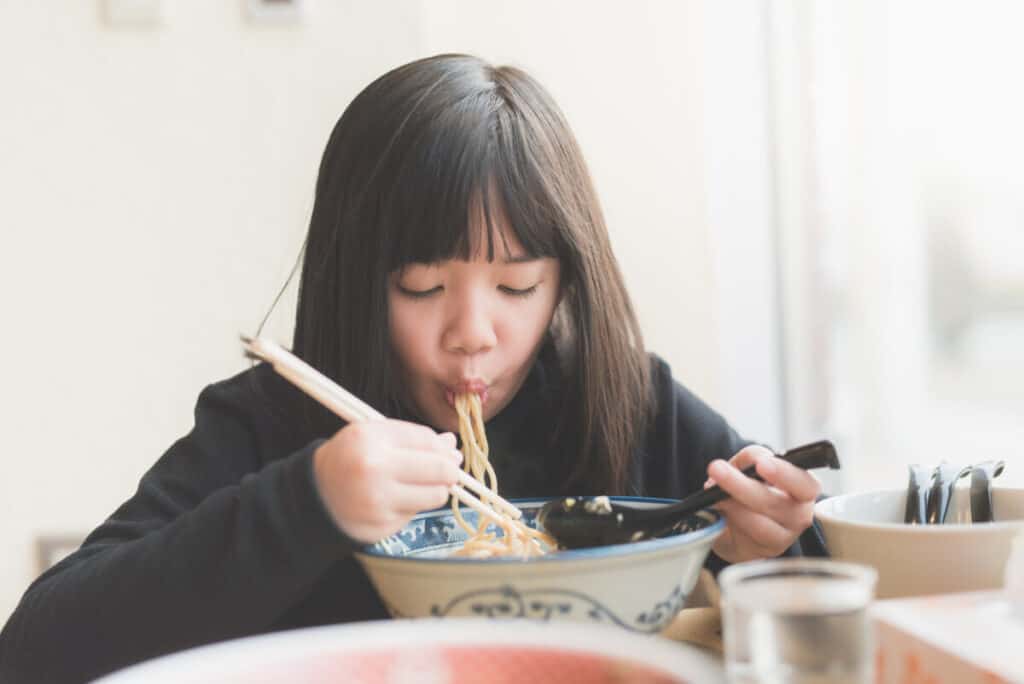
Is it okay to eat other food noisily in Japan?
No, in general, making noise while eating is deeply frowned upon in Japanese culture with noodles as the only exception.
Although the custom of slurping began specifically with soba, the tradition has since spread to include all types of noodles. However – the slurping stops there.
The rest of Japanese cuisine is absolutely not to be slurped. When you have finished your noodles and only the broth remains, you should use a spoon or drink straight from the bowl but do not make any sound when doing so.
The only exception to this is a matcha tea ceremony, where the last sip is always slurped to show appreciation to the host and to allow the ceremony to continue.

Is it rude to not slurp your noodles?
This is up to you. Although it isn’t considered rude to not slurp your noodles, if everyone else is doing it then you may find yourself catching a few sideways glances.
Japanese people understand that people from different countries see slurping in a much more unfavorable light, so they don’t always expect tourists to slurp their way through the meal.
However, as it is always polite to do your best to respect and integrate with local culture, you should at least give it a try.
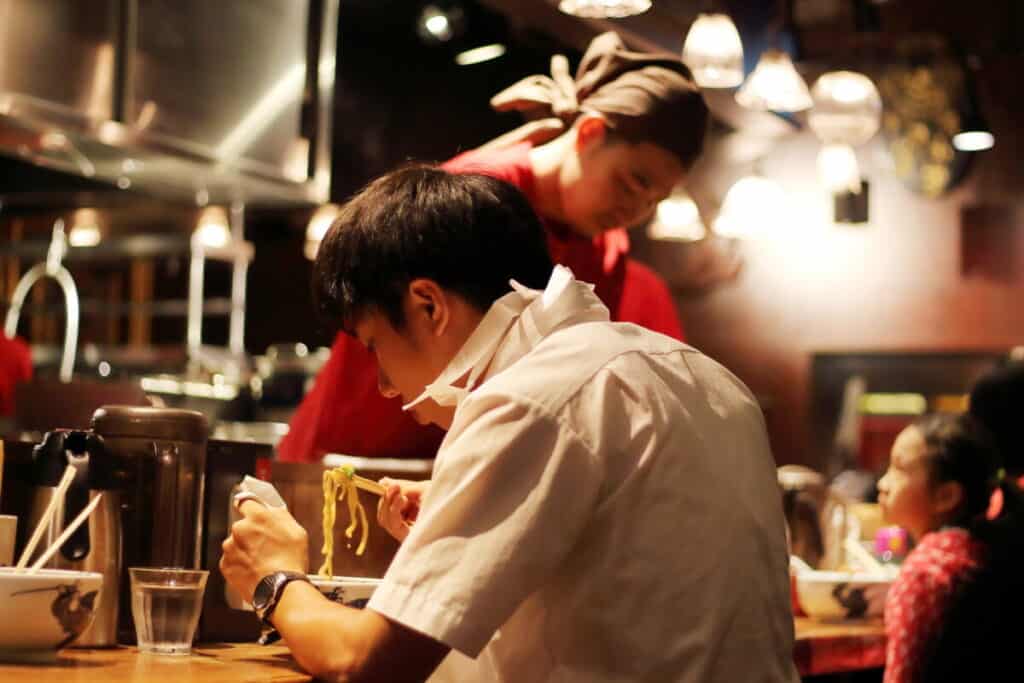
Is there a wrong way to slurp noodles?
Although noise is good, too much noise can be rude. Your noodle slurping is an appreciation of the meal but if you take it too far and disturb other people at the restaurant then you run the risk of a faux pas.
You must also be careful when slurping not to splash the broth in your bowl. If you bite your noodles, keep them on your chopsticks to prevent them from falling into the broth and potentially making a mess.
As a general guideline, when slurping try to match the behavior of the other diners, keep your noise to a similar level and keep your table clean.
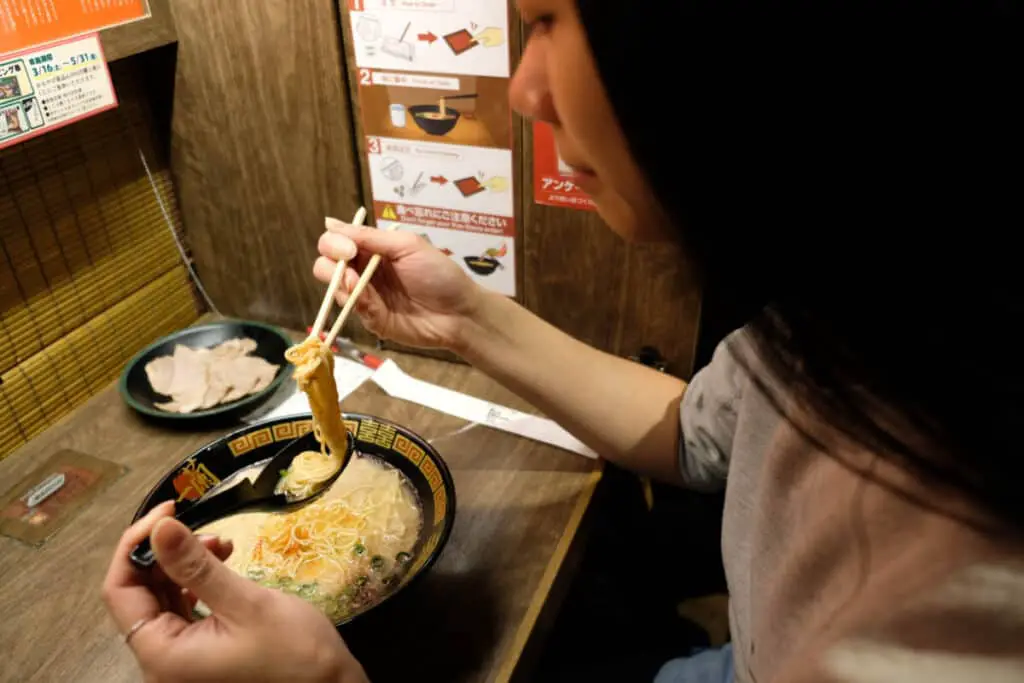
What is noodle harassment?
In 2016, an anonymous person in Japan tweeted that loud noodle slurping is offensive to foreigners and could be compared to a form of harassment.
The phrase nū-hara was coined to describe the phenomenon of noodle harassment and led to a nationwide discussion about the etiquette of slurping.
Eventually, the issue was dropped and the world moved on, but nū-hara as a concept has persevered in some circles.
How do you slurp your noodles?
Confidence is key! Only take as many noodles with your chopsticks as you think you can slurp in one go.
Purse your lips like you are drinking through a straw and suck the noodles into your mouth. You know you’re doing it right when you make a good slurping sound.
Be careful not to let the broth splash out of your bowl. You may eat noodles noisily, but you mustn’t eat messily, this is considered incredibly rude in Japan.
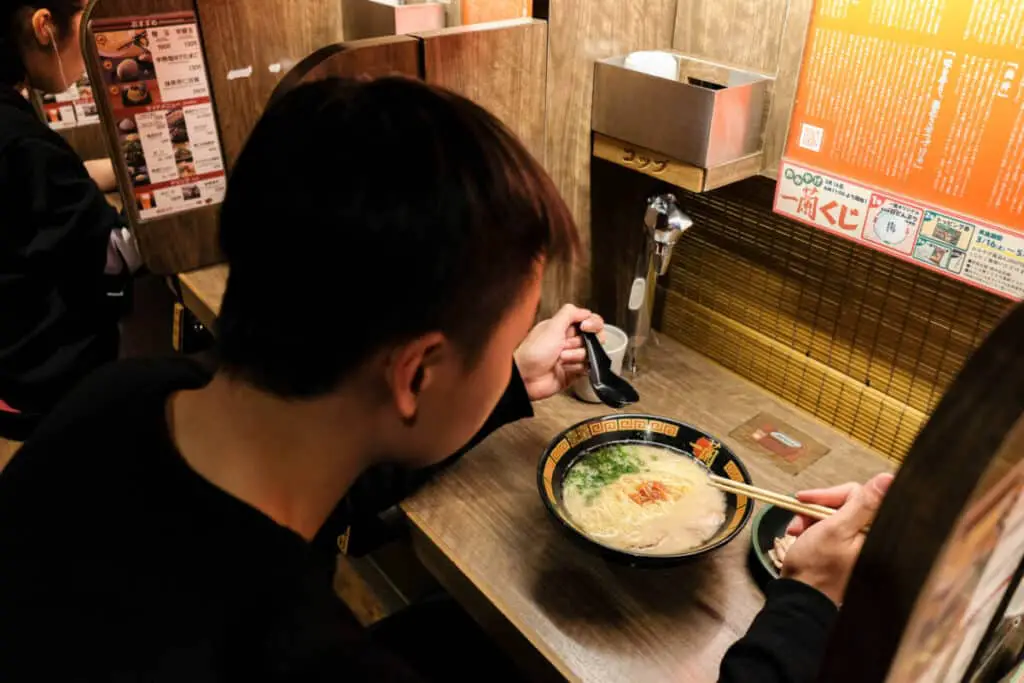
Can you bite through your noodles?
This depends on the situation. Sometimes you may take too many noodles on your chopsticks and therefore have too many to slurp in one bite.
If this happens, one course of action is to bite through the noodles. Most people don’t mind if you have to do this, but a select few may find a mid-slurp bite to be rude.
You can get around this by only picking up as many noodles as you can slurp and if you do have to bite, keep your noodles on your chopsticks and lower them back into the broth without making a mess.
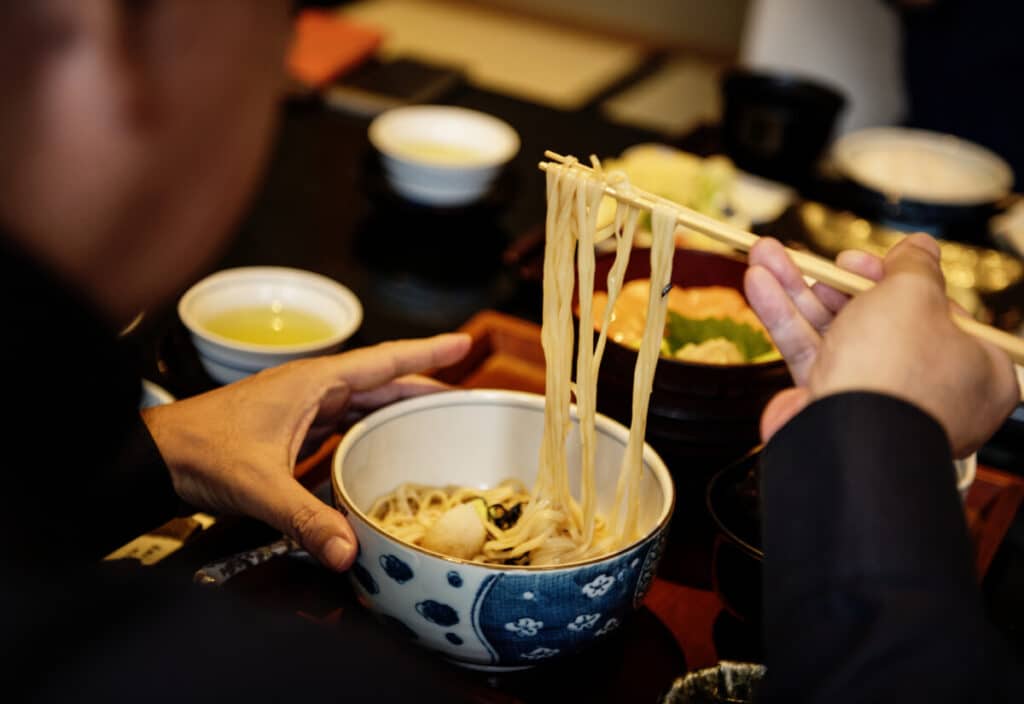
Is noodle slurping seen in any other cultures?
Although Japan is the main culture with customary noodle slurping, the practice is seen in other places too, although by varying degrees.
In China and Thailand, slurping is common practice and you won’t look out of place or rude for loudly appreciating your meal. Korea is much more divisive, with some people considering it rude while others don’t mind slurping over dinner.
By contrast in countries that have a history of colonization and western influence, such as the Philippines and Hong Kong, slurping is considered to be very rude and must be avoided.
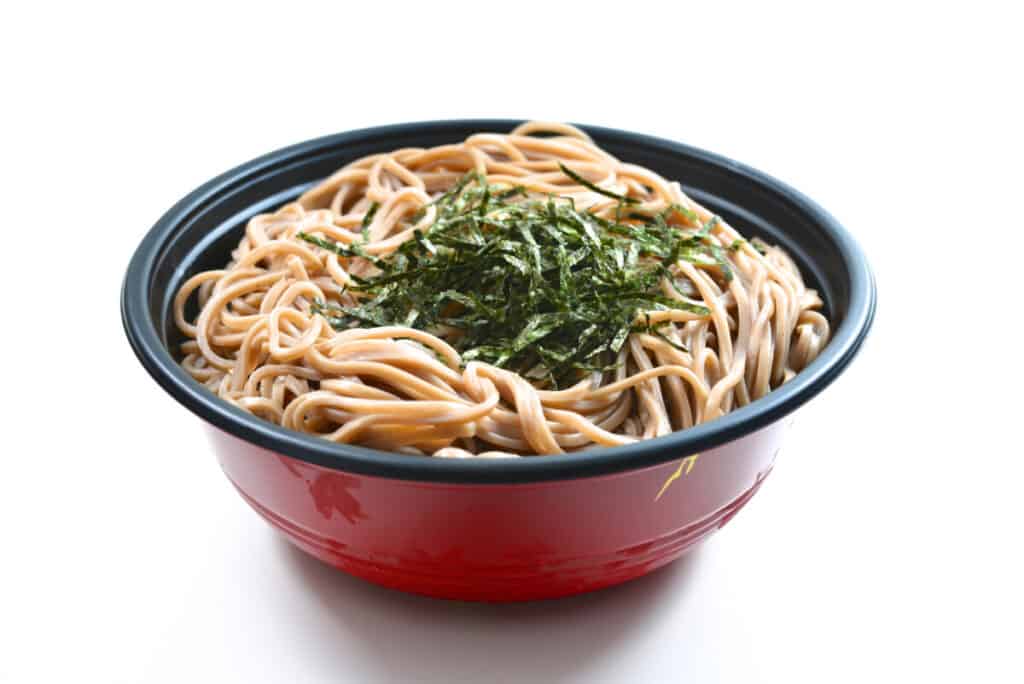
Is it rude to eat noodles with a fork in Japan?
No, not at all. It’s much better to ask for a fork if you need one rather than struggle with chopsticks and potentially make a mess. A downside to using a fork with your noodles is that they make slurping more difficult.
Many restaurants in busy tourist areas will be accustomed to visitors needing western-style cutlery, so don’t worry if chopsticks aren’t your strong point.
What is good table etiquette in Japan?
As well as slurping your noodles, there are other Japanese customs which you should know about to practice good table manners.
The first is to know how to use chopsticks properly, if you aren’t sure then ask for a fork or spoon rather than doing a bad job with traditional utensils.
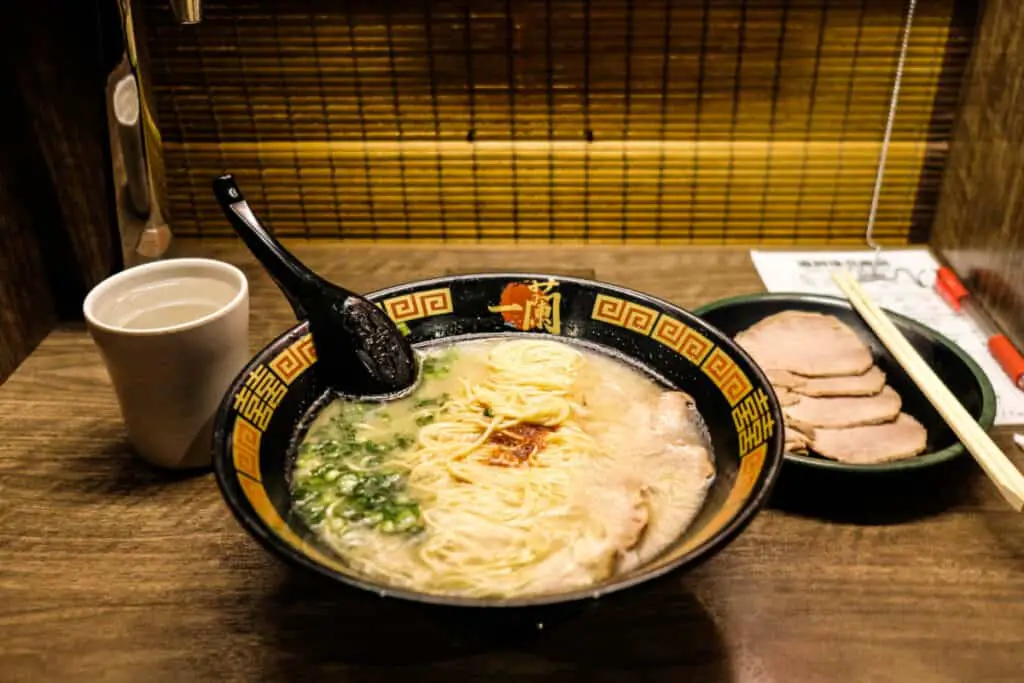
Once you’ve mastered chopsticks, the next considerations for polite dining are to ensure you keep your elbows off the table, chew with your mouth closed, and pace your eating speed with your fellow diners.
In Japan, leaving any food on your plate is considered rude as it implies you didn’t enjoy the meal. Only order what you know you can eat, and let the chefs know if there’s anything you don’t like or are allergic to so that you can eat your whole meal.

